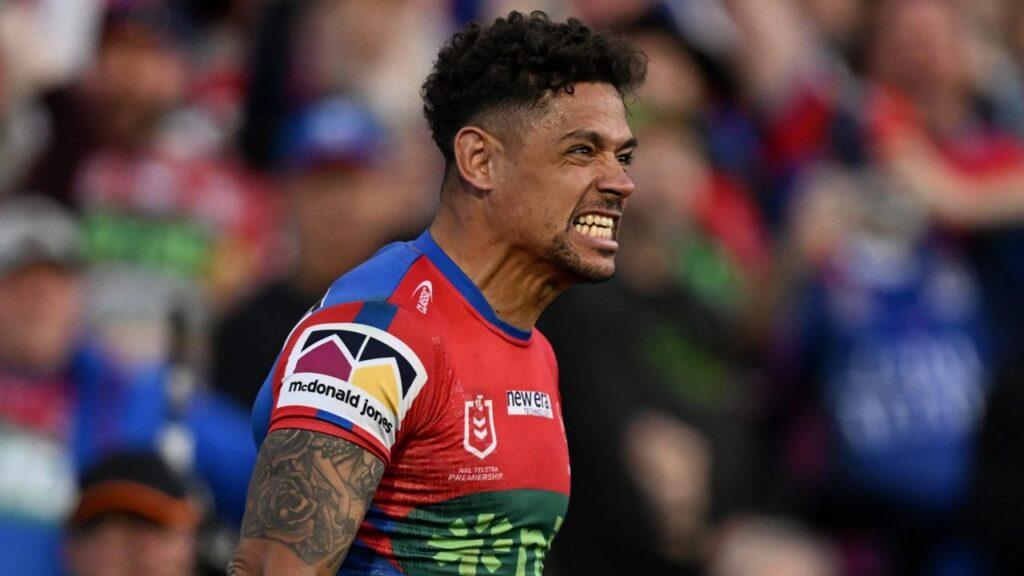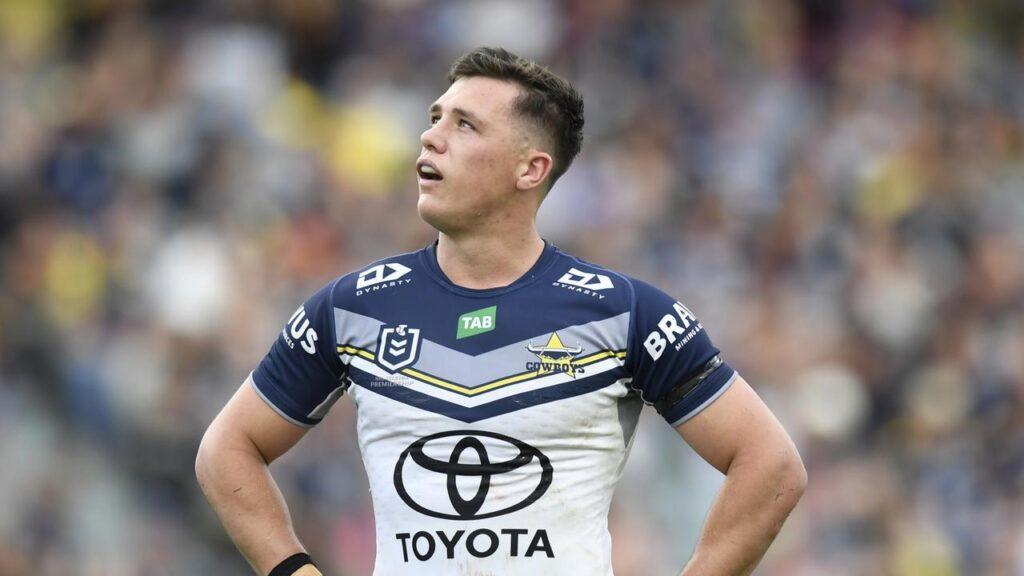
Strategy Playbook: When is the right time to take risks?
We take a deep dive into the relevant weekly strategies to help you with your NRL SuperCoach trade tactics.
31/03/2021Discussion (0)
Related /

NRL
Positional Watchlist: NRL Supercoach Round 17 Rising and Falling Player Stocks
Tuesday

NRL
Positional Watchlist: NRL Supercoach Round 16 Rising and Falling Player Stocks
17/06/2025

NRL
Positional Watchlist: NRL Supercoach Round 15 Rising and Falling Player Stocks
10/06/2025

NRL
Positional Watchlist: NRL Supercoach Round 14 Rising and Falling Player Stocks
03/06/2025

